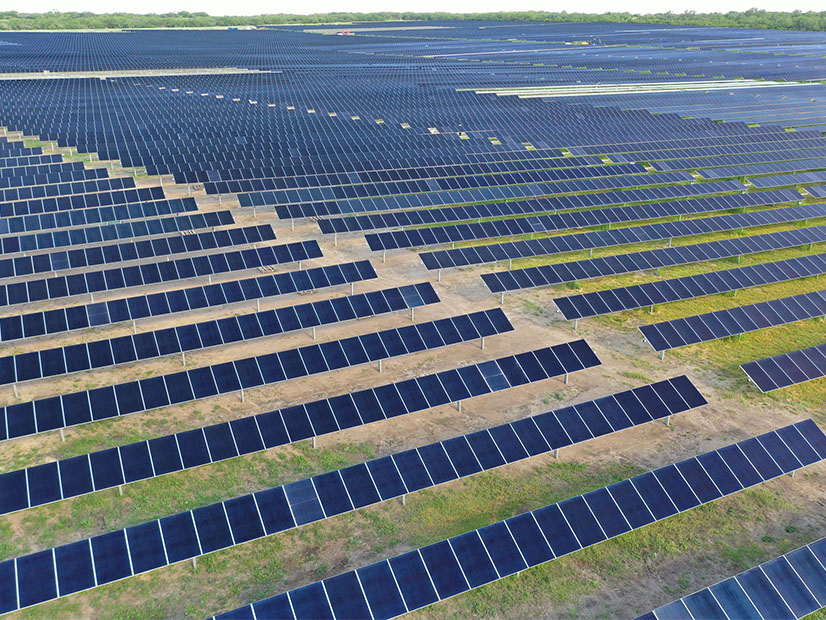ERCOT said Tuesday that it expects to have sufficient capacity to meet peak demand under normal conditions during the two-month fall season that begins in October.
According to the Texas grid operator’s fall seasonal assessment of resource adequacy (SARA), demand is expected to peak at 69.65 GW, a welcome relief after load averaged more than 80 GW over 227 hourly intervals during what has been brutal summer weather. The SARA indicates 99.73 GW will be available to meet demand in October and November.
That includes 3.99 GW of energy storage resources that have been invaluable in meeting record summer demand. A little over 1 GW of storage is assumed to be able to provide energy during the highest fall net load hours (total load minus wind and solar generation).
ERCOT said the estimated storage capacity is a proxy for what it expects during tight reserve hours and an interim availability assumption until a formal capacity contribution method is adopted in future SARA reports.
Solar energy, which played a key role during this summer’s tightest hours, is expected to contribute 11.66 GW during peak periods this fall with a 64% seasonal rating. Wind energy is expected to contribute 12.69 GW during those periods; it has seasonal capacity factors ranging from 31 to 41%.
The assessment includes a base scenario and three elevated and three extreme risk scenarios reflecting alternative assumptions for peak demand, unplanned thermal outages and renewable output. The most severe extreme risk scenario — a combination of high peak load, high unplanned thermal outages (more than 18 GW) and extreme low wind output — results in a high risk of rotating outages. An elevated risk scenario with low renewable output results in a capacity shortfall of 2.44 GW and close to a Level 1 energy emergency alert.
The grid operator said the SARA does not reflect pending changes that will come when the Texas Public Utility Commission approves a protocol revision (NPRR1176) that modifies the EEA level triggers.
The fall assessment marks ERCOT’s final SARA report. It is being replaced with what the grid operator calls the monthly operational assessment of resource adequacy (MORA). The revised report will be posted two months before the reporting month, beginning with the December assessment on Oct. 2.
The first MORA will be produced manually but will eventually transition into a multi-tabbed spreadsheet that will include a link to an interactive dashboard.

